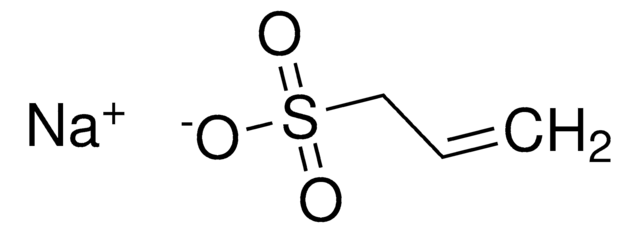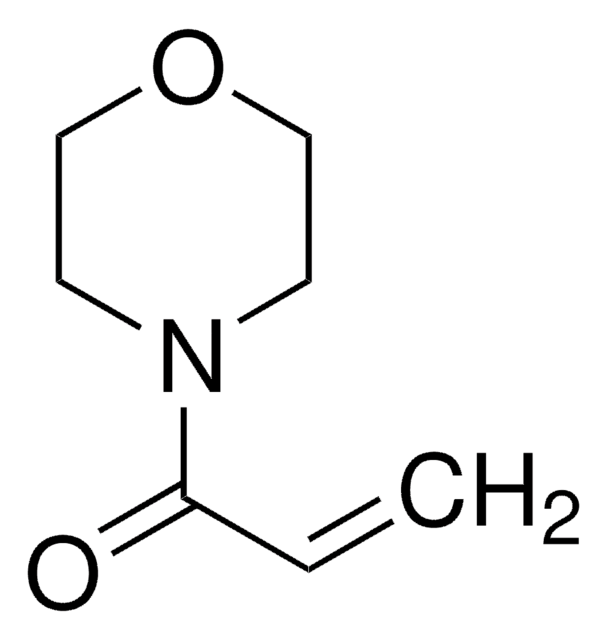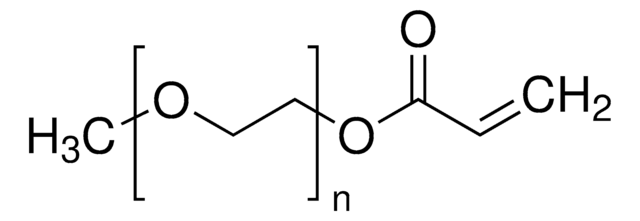655821
2-Acrylamido-2-methyl-1-propanesulfonic acid sodium salt solution
50 wt. % in H2O
Synonyme(s) :
2-Methyl-2-[(1-oxo-2-propenyl)amino]-1-propanesulfonic acid sodium, Sodium 2-acrylamido-2-methyl-1-propanesulfonate, Sodium acryloyldimethyltaurate
About This Item
Produits recommandés
Concentration
50 wt. % in H2O
Indice de réfraction
n20/D 1.4220 (lit.)
Densité
1.2055 g/mL at 25 °C (lit.)
Chaîne SMILES
[Na+].CC(C)(CS([O-])(=O)=O)NC(=O)C=C
InChI
1S/C7H13NO4S.Na/c1-4-6(9)8-7(2,3)5-13(10,11)12;/h4H,1,5H2,2-3H3,(H,8,9)(H,10,11,12);/q;+1/p-1
Clé InChI
FWFUWXVFYKCSQA-UHFFFAOYSA-M
Description générale
Application
- As a monomer in the formation of polyelectrolyte copolymer gels for potential application in bioengineering, biomedicine, and water purification .
- In the fabrication of Schottky diodes, humidity sensors, and lithium-ion batteries.
- As a monomer in the synthesis of a hydrogel nanocomposite applicable as a potential adsorbent for dyes .
Code de la classe de stockage
10 - Combustible liquids
Classe de danger pour l'eau (WGK)
WGK 1
Point d'éclair (°F)
Not applicable
Point d'éclair (°C)
Not applicable
Faites votre choix parmi les versions les plus récentes :
Déjà en possession de ce produit ?
Retrouvez la documentation relative aux produits que vous avez récemment achetés dans la Bibliothèque de documents.
Les clients ont également consulté
Notre équipe de scientifiques dispose d'une expérience dans tous les secteurs de la recherche, notamment en sciences de la vie, science des matériaux, synthèse chimique, chromatographie, analyse et dans de nombreux autres domaines..
Contacter notre Service technique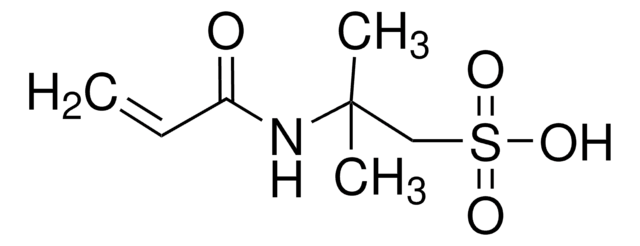

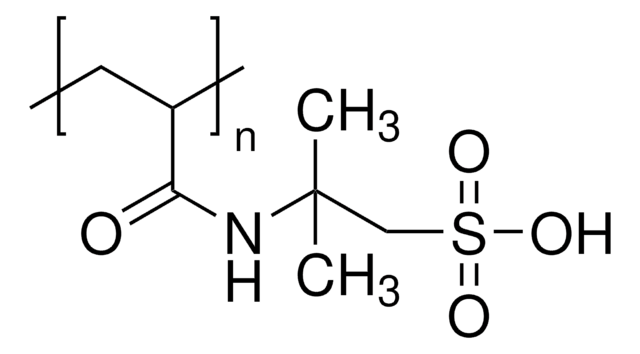
![[2-(Methacryloyloxy)ethyl]dimethyl-(3-sulfopropyl)ammonium hydroxide 95%](/deepweb/assets/sigmaaldrich/product/structures/217/219/73c91e1c-0ee4-4b3d-bead-a6dc3d09d1da/640/73c91e1c-0ee4-4b3d-bead-a6dc3d09d1da.png)
![[2-(Methacryloyloxy)ethyl]trimethylammonium chloride solution 75 wt. % in H2O](/deepweb/assets/sigmaaldrich/product/structures/316/612/66b0f4cf-d060-427d-b4f5-e8fab3e5cffe/640/66b0f4cf-d060-427d-b4f5-e8fab3e5cffe.png)

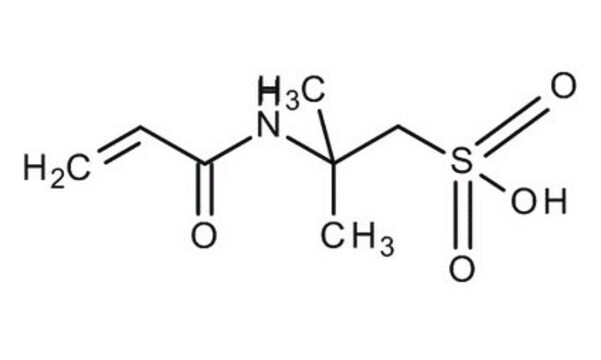
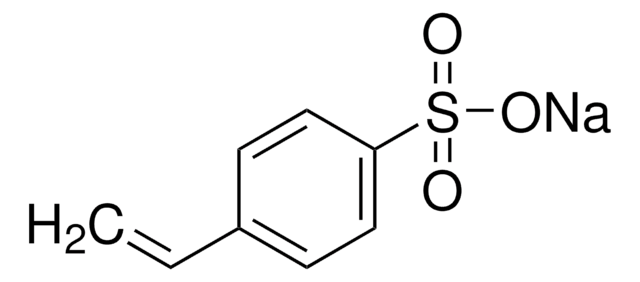

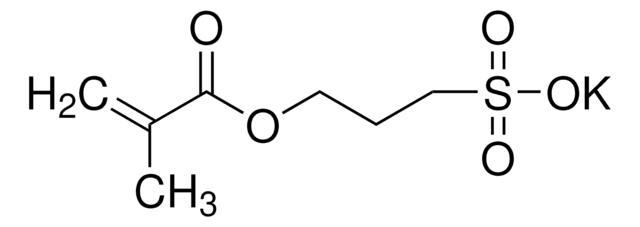
![[3-(Methacryloylamino)propyl]trimethylammonium chloride solution 50 wt. % in H2O](/deepweb/assets/sigmaaldrich/product/structures/189/736/089bc8ae-2a98-416d-9f9a-a0a510b6b828/640/089bc8ae-2a98-416d-9f9a-a0a510b6b828.png)
